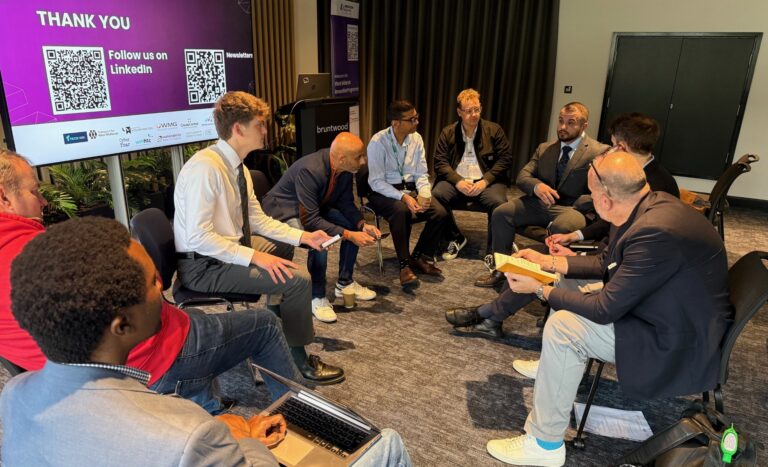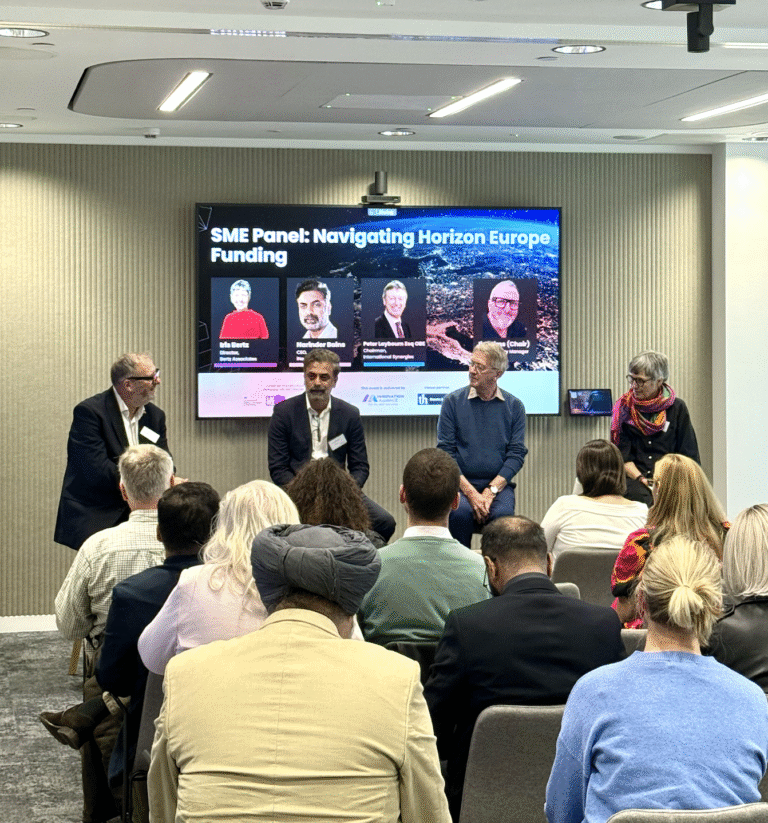
I’m going to start this blog with some questions: Can anyone remember the days before combined authorities? Local Industrial Strategies? Grand Challenges? Can you remember when BEIS was DECC and when Innovate UK was the Technology Strategy Board? Believe it or not, this was the landscape as little as five years ago when I first started as Policy and Partnerships Manager for the low carbon sector at the artist formerly known as Birmingham Science City, now of course the Innovation Alliance for the West Midlands. I was brought in to build on the success of the group under the previous watch of Birmingham City Council.
The fact that this was only five years ago reflects just how much has changed in the low carbon and innovation policy landscape in such a short space of time. When I took on the role of coordinating the Innovative Low Carbon Working Group (ILCWG) on 20th January 2014, I needn’t have worried about not having a clue what I was doing when I ran my first ILCWG meeting back in March 2014. I have since learnt that the art of running the ILCWG is to have a continual skill of not knowing anything whilst pretending to know everything. Keeping up to date is the biggest challenge – so what is the point in getting to know anything when everything changes so quickly?
I exaggerate, but only slightly – for example, the focus of this first meeting was primarily on European funding opportunities. The word Brexit hadn’t even been invented back then.
Therefore, the ILCWG, along with all the other Innovation Alliance activities, has naturally evolved over time and has to adapt quickly to these changes. My role is to try and keep on top of what is happening globally, nationally and regionally and translate this into relevant information fit for dissemination to ILCWG members. I’m still not sure I’ve got it right.

However, there is no question that the ILCWG has had a positive impact in the last five years, largely thanks to the proactivity and evolution of its members. In my own humble opinion, key successes of the ILCWG in the past five years have been:
1) Its response to the WM Science and Innovation Audit (SIA) findings. The SIA showed that three of our regional market strengths include energy, transport and sustainable construction – all in the low carbon sector – and that these were underpinned by a thriving innovation ecosystem consisting of funding, networks, skills, policy and other aspects. The ILCWG and its members already contributed to the majority of these, which was reassuring!
2) Our only gap in this analysis was the absence of much of a regular discussion around sustainable construction in the ILCWG, something which we’ve been rectifying in the past year and has been a very interesting journey. Despite engaging with this sector being a challenge for me personally (due to my lack of construction sector experience), it has also represented one of our most recent success as emphasised by the turnout and response at various engagement events. The construction sector needs our support (you heard it here first!).
3) The make-up of the membership of the ILCWG, which is very evenly split across sectors and expertise. I’d love to say this was done on purpose, meticulous thinking on my part to ensure this spread of contacts. Alas, it was more by accident than design. However, this is one of the clear benefits of where working with Sustainability West Midlands has paid dividends; we were able to utilise their networks to enable additional organisations and individuals to join the ILCWG who could add value and help take ideas forwards.
4) The ILCWG email updates. Anyone reading this who gets bombarded by the ILCWG weekly updates may disagree with this point, but I receive a reasonable amount of informal feedback from ILCWG members that reflect how useful the mailing updates are. The transition from Birmingham Science City to the Innovation Alliance allowed for these to be refocused and improved upon – I hope.
5) It has been pleasing that leading and engaging speakers from across the low carbon innovation landscape have made the effort to speak at the various ILCWG meetings over the years to discuss projects and opportunities to get involved.

Of the two Innovation Alliance aims…
1) Build and maintain a thriving innovation ecosystem
2) Stimulate and catalyse a pipeline of innovation activity
…there is no question that the ILCWG directly responds to point 1 and I believe the ecosystem has become richer and more diverse in recent years.
Point 2 is where I still have some frustrations. Although there is no question that the ILCWG and its members contribute to various activities, it has been a challenge to bring together members of the Group to work together to develop a low carbon project that would have far-reaching benefits for the West Midlands. We’ve tried to do this at different times and on different themes over the past five years but, for various legitimate reasons, nothing has quite taken off. Of course, there may be projects that have seeded from a conversation that has happened at an ILCWG meeting that we’re not even aware of (rumour has it there’s hundreds of these), but my next challenge is to get something set up that I can truly say “yes, this was born out of the ILCWG!”
Watch this space 2019…
(Author: Alan Carr, Innovation Alliance for the West Midlands)





